- home
- LiFePO4 batteries
- Battery EcoWatt LiFePO4 12,8V 100Ah 1280Wh with integrated BMS and display
Battery EcoWatt LiFePO4 12,8V 100Ah 1280Wh with integrated BMS and display ECO-12V-100AH
ECO-12V-100Ah
click to enlarge
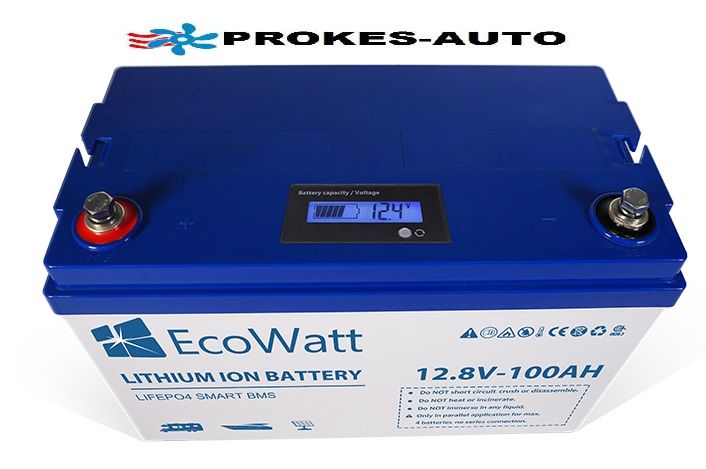
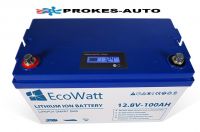
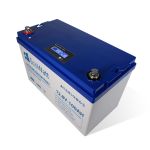
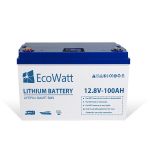
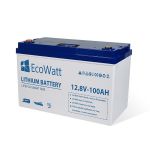
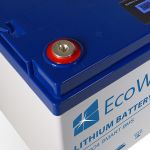
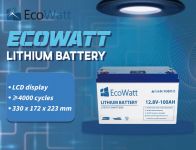

Product no longer available
| code: | ECO-12-100s |
| Manufacturer: | ULTIMATRON |
| Price with VAT : | 515,40 EUR |
| Price without VAT : | 426,00 EUR |
| VAT: | 21 % |
| availability: | on inquiry |




